Race cars aren’t just about speed—they’re about design, innovation, and making history. Some cars have not only set records on the track but also captured the hearts of fans with their iconic looks and engineering. From endurance champions to revolutionary designs, these 20 race cars changed motorsport forever. Each one left a lasting impact, both for their performance and the emotional connection they created.
Contents
Porsche 917K (1970)

The Porsche 917K is legendary for its dominance in endurance racing, particularly in the 24 Hours of Le Mans. Boasting a flat-12 engine with over 600 horsepower, it was capable of reaching speeds above 240 mph. Its short-tail design, known as the “K” variant, helped correct stability issues from earlier models, leading to back-to-back wins in 1970 and 1971. Not only was it a symbol of Porsche’s engineering prowess, but its stunning silhouette won over fans and drivers alike.
Ferrari 250 GTO (1962)
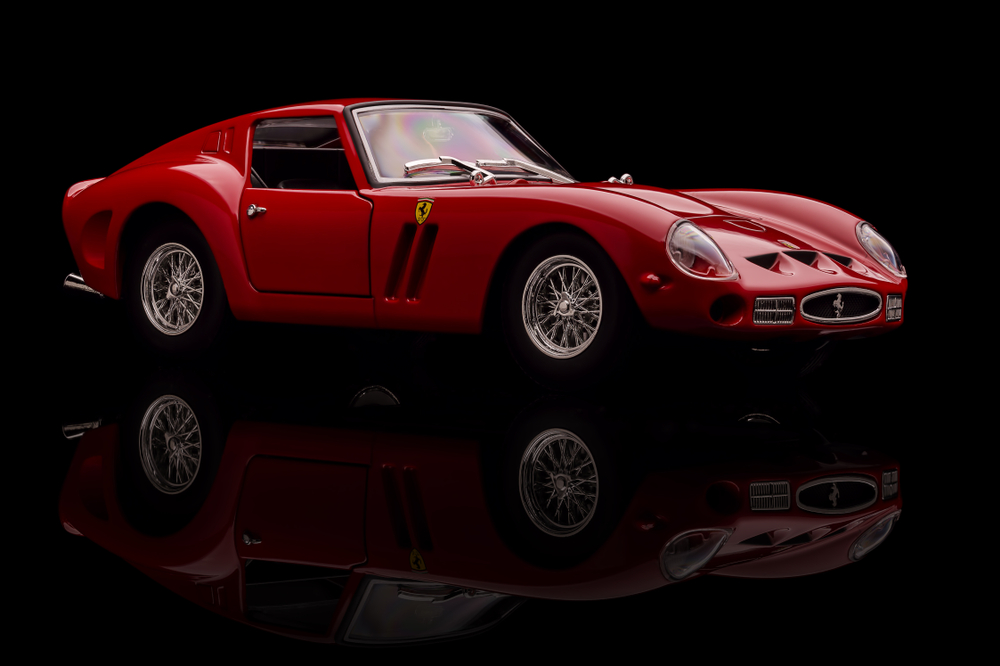
Considered one of the most valuable cars ever built, the Ferrari 250 GTO remains an icon of beauty and performance. With only 36 units produced, it was designed to compete in the FIA’s Group 3 Grand Touring Car category. Under the hood, a 3.0-liter V12 engine provided 300 horsepower, which helped the GTO secure multiple championships. Its sleek, timeless design captured the hearts of car enthusiasts everywhere.
Ford GT40 (1966)

The Ford GT40 became a symbol of American determination when it famously defeated Ferrari at Le Mans. Created in response to Henry Ford II’s desire to beat Ferrari on the world stage, the GT40 was powered by a robust V8 engine. Its 1966 victory, where Ford secured a 1-2-3 finish, stands as one of the greatest moments in racing history. With its muscular design and unmatched power, the GT40 captivated audiences and marked Ford’s dominance in endurance racing.
McLaren MP4/4 (1988)

The McLaren MP4/4 is one of the most successful Formula 1 cars ever, thanks to its unbeatable combination of aerodynamics and a turbocharged Honda V6 engine. Driven by Ayrton Senna and Alain Prost, it won 15 out of 16 races during the 1988 season. Its low-profile design and incredible speed made it nearly impossible for competitors to keep up. In addition to its technical brilliance, it became an icon due to Senna’s unforgettable performances.
Audi Quattro (1980)
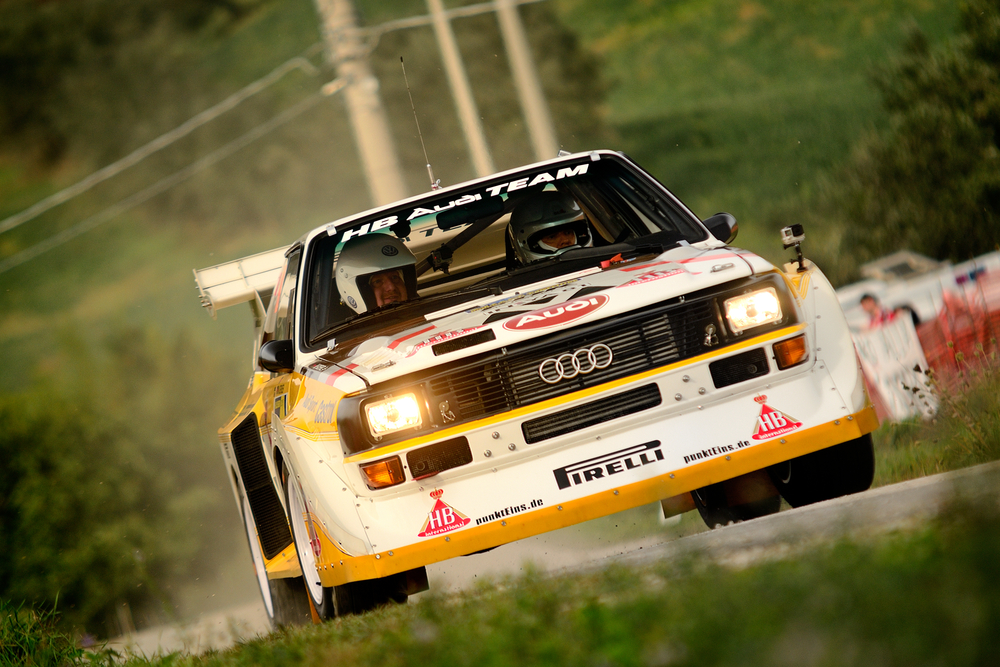
The Audi Quattro revolutionized rally racing with its all-wheel-drive system, giving it a significant edge on various terrains. Equipped with a turbocharged inline-five engine, the Quattro dominated the World Rally Championship, winning multiple titles. Its angular, aggressive design was as bold as its performance on the track. Fans were mesmerized by its ability to conquer gravel, snow, and asphalt with ease. The Quattro’s legacy is profound, as it changed the rally scene and paved the way for future AWD vehicles.
Lotus 79 (1978)
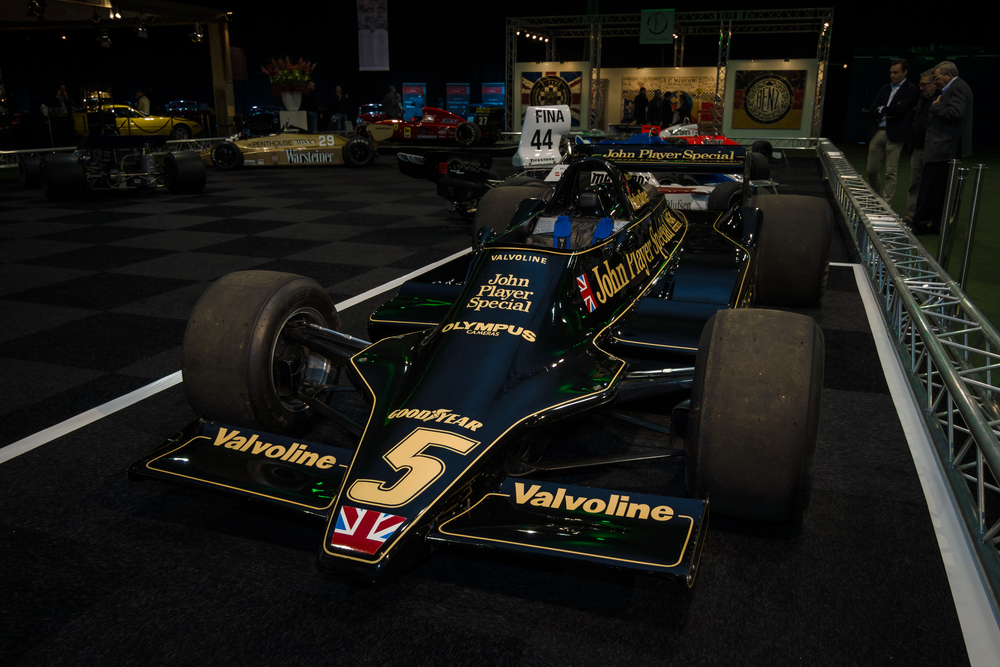
Known for introducing ground-effect aerodynamics to Formula 1, the Lotus 79 became a game-changer in the sport. Its innovative design allowed it to generate unprecedented downforce, giving drivers like Mario Andretti an advantage in cornering speeds. Paired with a reliable Ford Cosworth engine, it helped Andretti secure the 1978 World Championship. The car’s low, sleek profile made it visually striking as it sped around the circuits.
Shelby Cobra Daytona Coupe (1964)
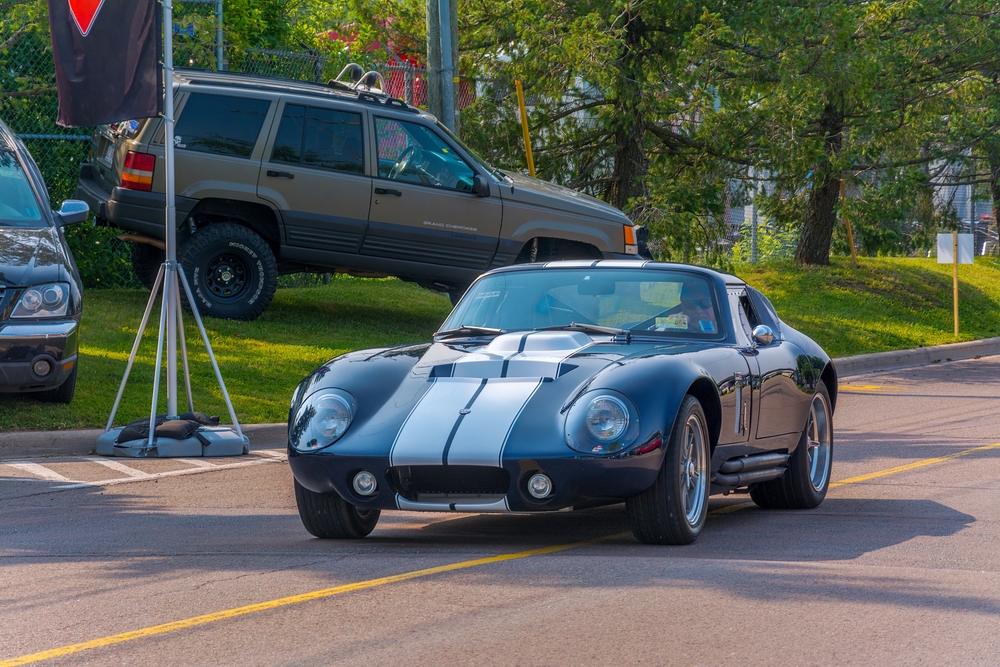
Designed by Peter Brock, the Shelby Cobra Daytona Coupe was built to take on Ferrari in the GT racing world. Powered by a 4.7-liter V8 engine, it reached speeds of over 190 mph, outpacing many European rivals. With its aerodynamic shape, the Daytona Coupe helped Shelby secure the 1965 FIA GT World Championship. Despite being an American muscle car, it became a global sensation, admired for both its performance and striking design.
Bugatti Type 35 (1924)
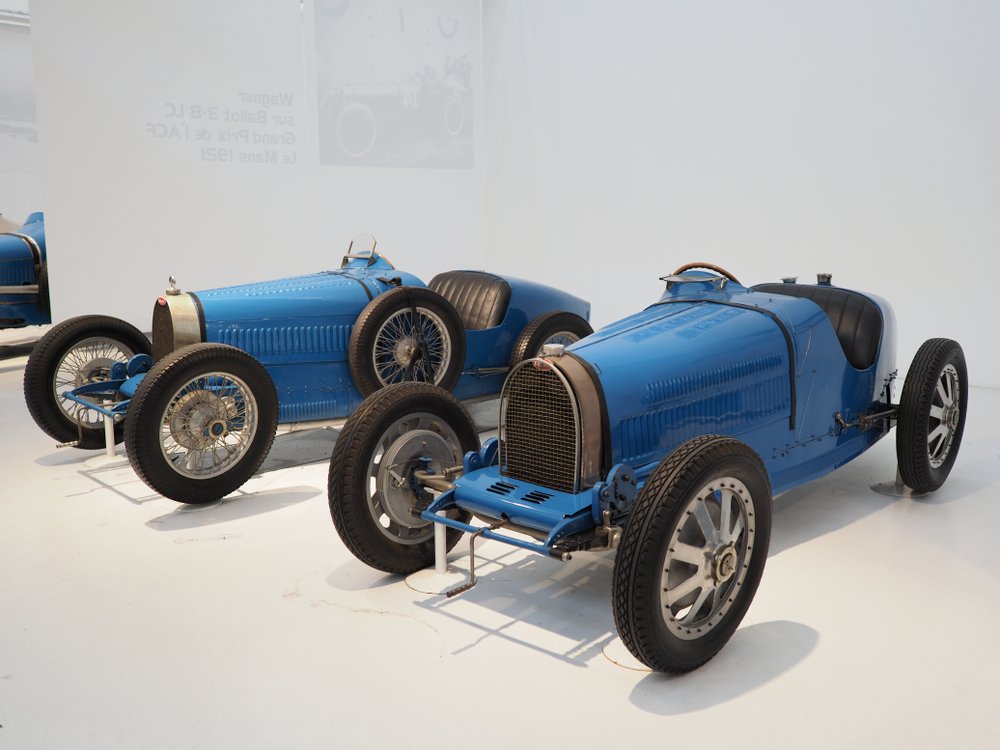
In the 1920s, the Bugatti Type 35 set the standard for racing cars, winning over 1,000 races during its competitive career. Its supercharged straight-eight engine, combined with a lightweight chassis, gave it a tremendous performance edge. The Type 35 was also known for its signature horseshoe grille and elegant curves, which made it one of the most visually appealing cars of its time. Dominating races like the Targa Florio, it became synonymous with success and style.
Mercedes-Benz W196 (1954)

The Mercedes-Benz W196 dominated Formula 1 during the mid-1950s, driven by legends like Juan Manuel Fangio. Sporting a streamlined body and powered by a fuel-injected inline-eight engine, it achieved remarkable speed and efficiency. Its advanced aerodynamics made it a standout on both fast and twisty circuits. Fangio’s two world championships in the W196 solidified the car’s place in history.
Lancia Stratos HF (1974)
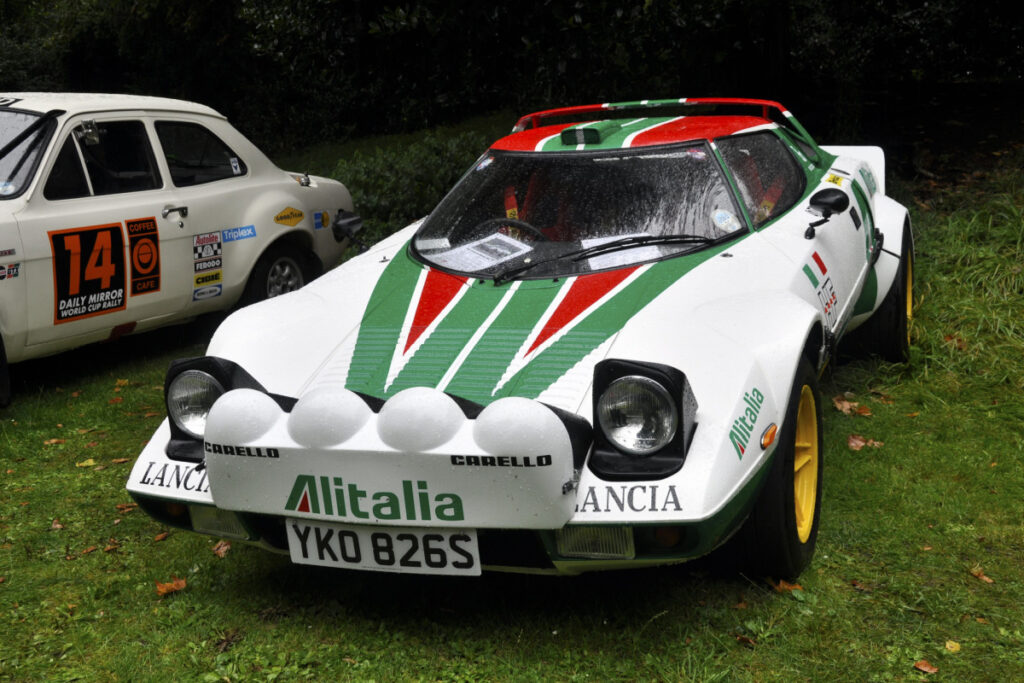
The Lancia Stratos HF was designed with one goal: to dominate rally racing, and it did just that. Its short wheelbase, combined with a mid-mounted Ferrari V6 engine, made it agile and incredibly powerful. The Stratos won the World Rally Championship three times in a row from 1974 to 1976, cementing its legacy in the sport. Its wedge-shaped body and aggressive styling gave it a distinct look that fans adored. To this day, the Stratos is remembered as one of the most successful rally cars ever.
Jaguar D-Type (1955)
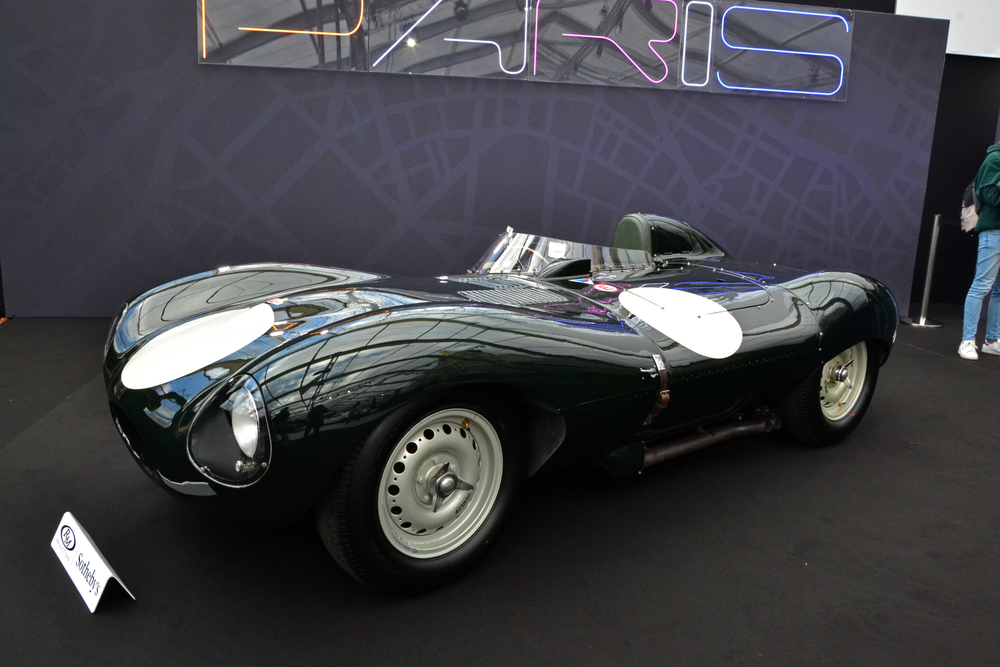
The Jaguar D-Type is celebrated for its victories at Le Mans, where it won three consecutive races from 1955 to 1957. It featured a revolutionary monocoque construction and a sleek aerodynamic body that helped it reach top speeds on the Mulsanne Straight. With a 3.4-liter inline-six engine, the D-Type was not only fast but also remarkably durable in endurance racing. Its iconic tail fin became a symbol of Jaguar’s racing success.
Chevrolet Corvette C5-R (1999)
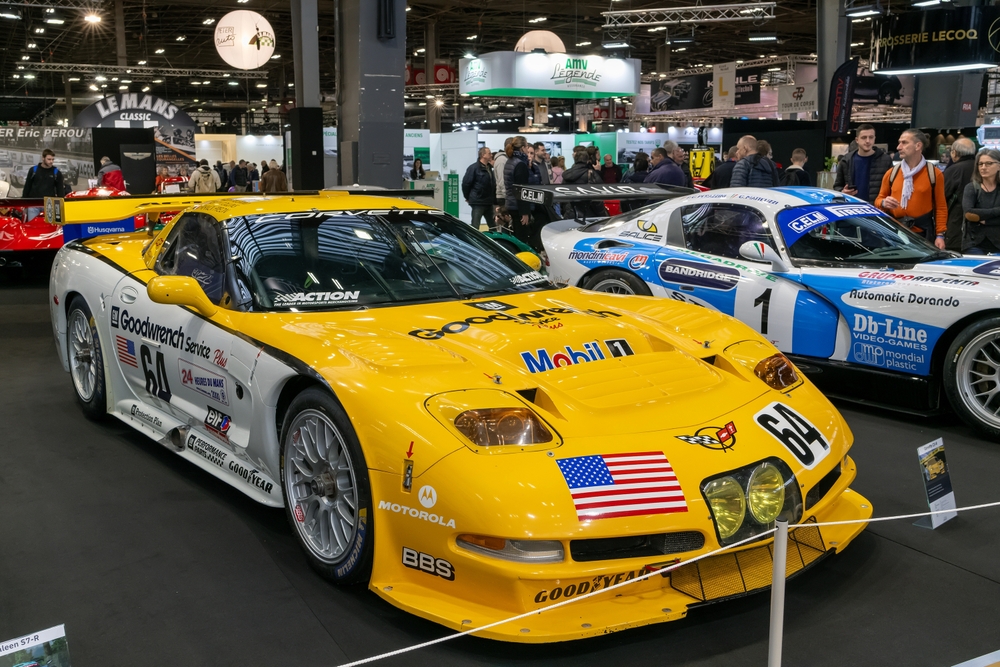
The Chevrolet Corvette C5-R was America’s answer to the dominance of European endurance racers. Equipped with a 7.0-liter V8 engine, the C5-R achieved numerous victories, including multiple class wins at the 24 Hours of Le Mans. Its bold, muscular design and sheer power won over fans and made it a dominant force in the American Le Mans Series. The C5-R’s success marked a new era for Corvette Racing and demonstrated that American muscle could compete on the global stage.
Mazda 787B (1991)
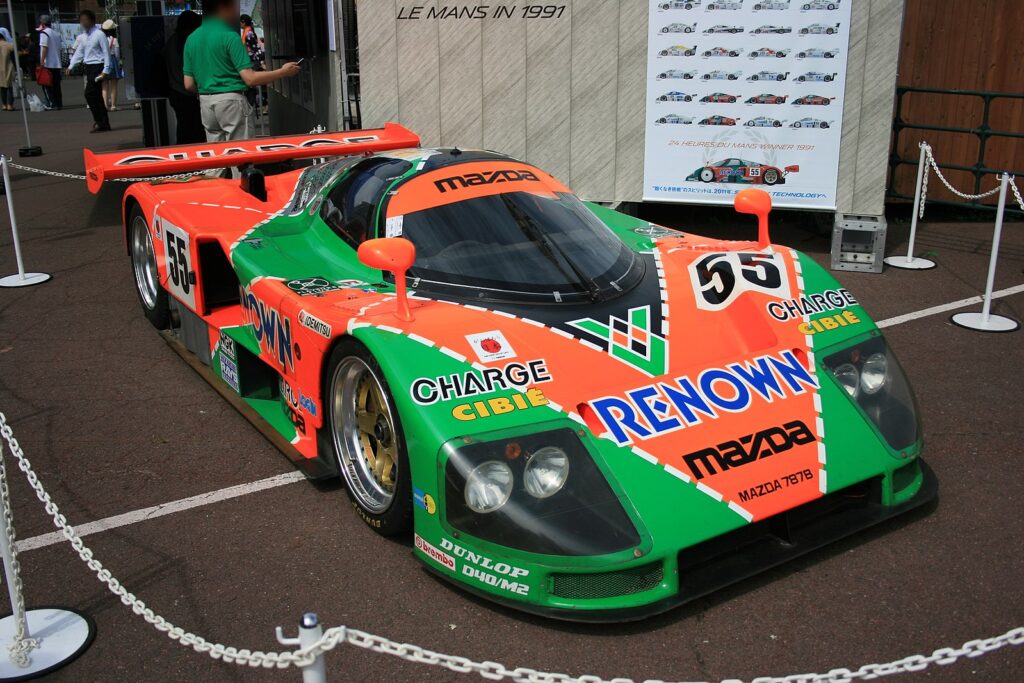
The Mazda 787B is famous for being the only rotary-powered car to win the 24 Hours of Le Mans. Its 2.6-liter four-rotor engine, producing over 700 horsepower, made a distinctive high-pitched wail that thrilled fans and competitors alike. Lightweight and aerodynamic, the 787B outlasted and outperformed more powerful rivals to claim victory in 1991. This historic win cemented Mazda’s place in motorsport history and made the 787B an enduring fan favorite.
Renault RS01 (1977)
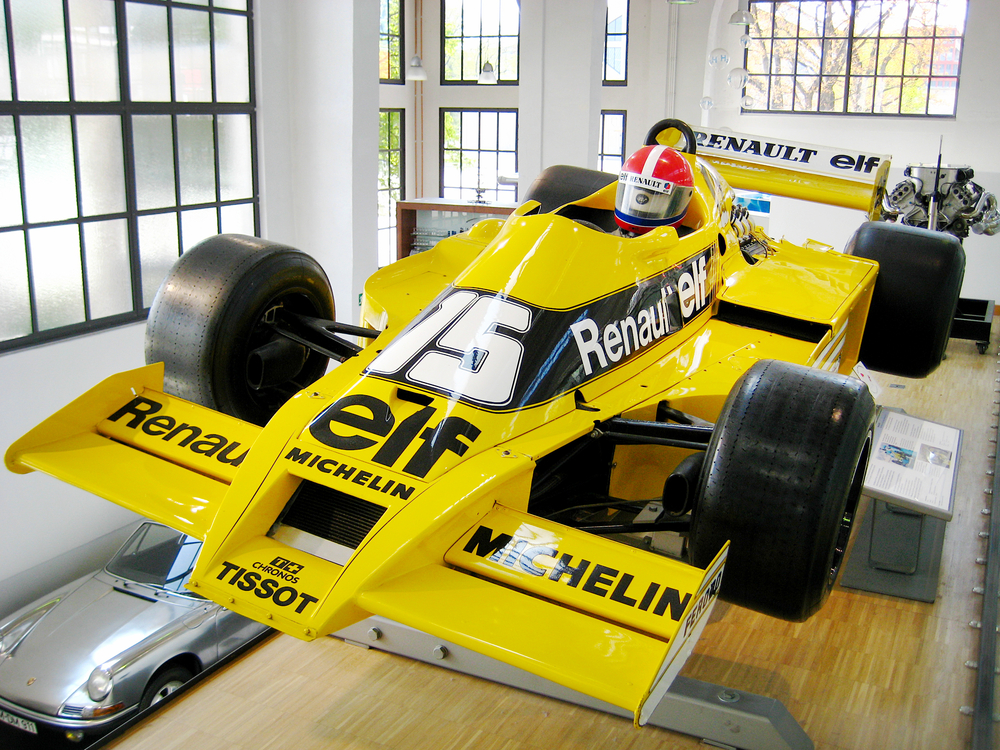
Renault changed the game in Formula 1 by introducing turbocharging with the RS01. Though it initially suffered from reliability issues, the car’s 1.5-liter turbocharged engine eventually proved its worth. The RS01’s groundbreaking technology paved the way for the turbo era of the 1980s, fundamentally altering F1 car design. Its striking yellow livery and innovative engineering captured the attention of fans and engineers alike.
Alfa Romeo 158/159 Alfetta (1950)
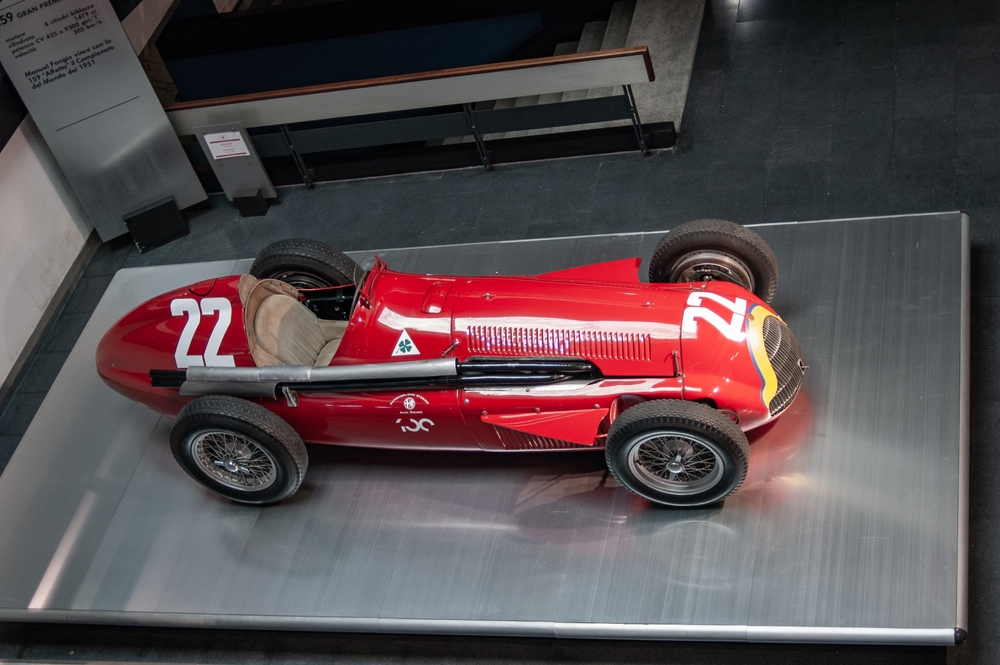
The Alfa Romeo 158/159, often called the “Alfetta,” was one of the most dominant Formula 1 cars of its era. Powered by a supercharged inline-eight engine, it helped secure the first two World Championships for Alfa Romeo in 1950 and 1951. Its sleek, streamlined design allowed it to outpace its competition. The Alfetta’s victories set the tone for modern F1 engineering and design principles. This car’s legacy is defined by its dominance in the sport’s early years.
BMW M3 E30 (1986)
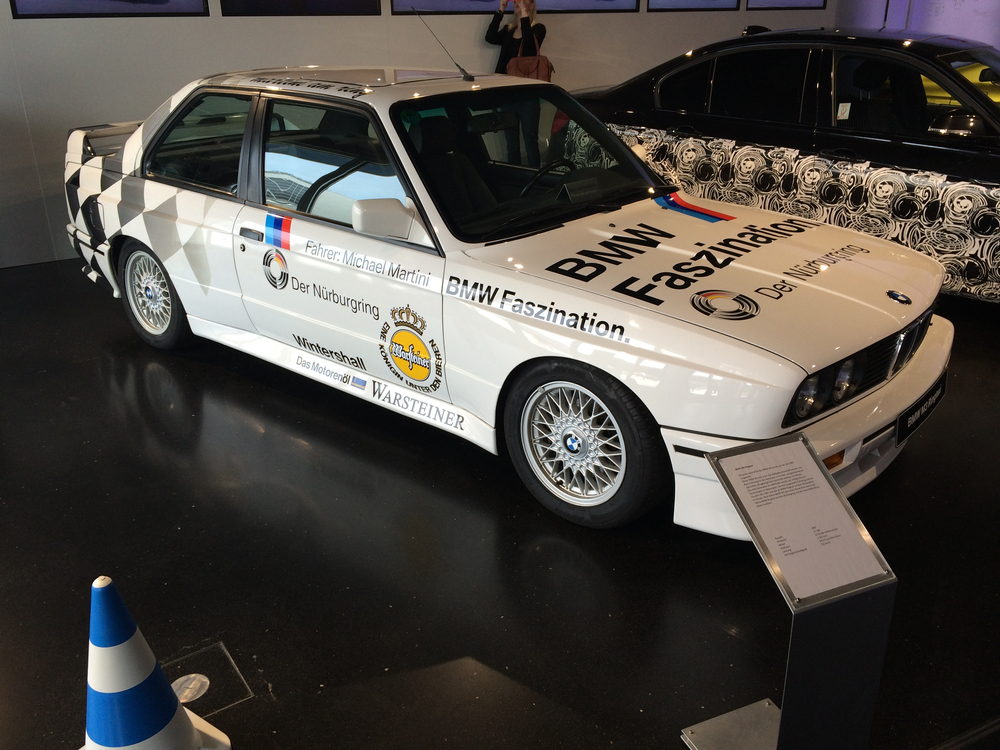
The BMW M3 E30 became an instant icon in touring car racing, known for its precision handling and high-revving four-cylinder engine. With a lightweight chassis and perfectly balanced design, the M3 E30 dominated championships in the late 1980s. It quickly became a favorite among racers and car enthusiasts alike for its versatility and reliability. Its aggressive styling and racing pedigree earned it a place in motorsport history. The M3 E30 remains one of the most beloved race cars for BMW fans and collectors.
Dodge Viper GTS-R (1996)

The Dodge Viper GTS-R, with its monstrous 8.0-liter V10 engine, became a dominant force in endurance racing. Known for its raw power and aggressive design, the GTS-R secured numerous class victories at Le Mans and the FIA GT Championship. Its striking appearance, combined with American muscle, won the hearts of fans worldwide. The Viper’s success in both racing and production models made it an iconic figure in motorsport. The GTS-R remains a symbol of American performance on the global stage.
Lotus 72 (1970)

The Lotus 72 revolutionized Formula 1 with its wedge-shaped design and side-mounted radiators. This innovative layout allowed for better weight distribution and aerodynamics, making it one of the most advanced F1 cars of its time. The car’s dominance, led by drivers like Jochen Rindt and Emerson Fittipaldi, earned it multiple championships. Its radical look and technological innovation set a new standard in car design.
Aston Martin DBR1 (1959)
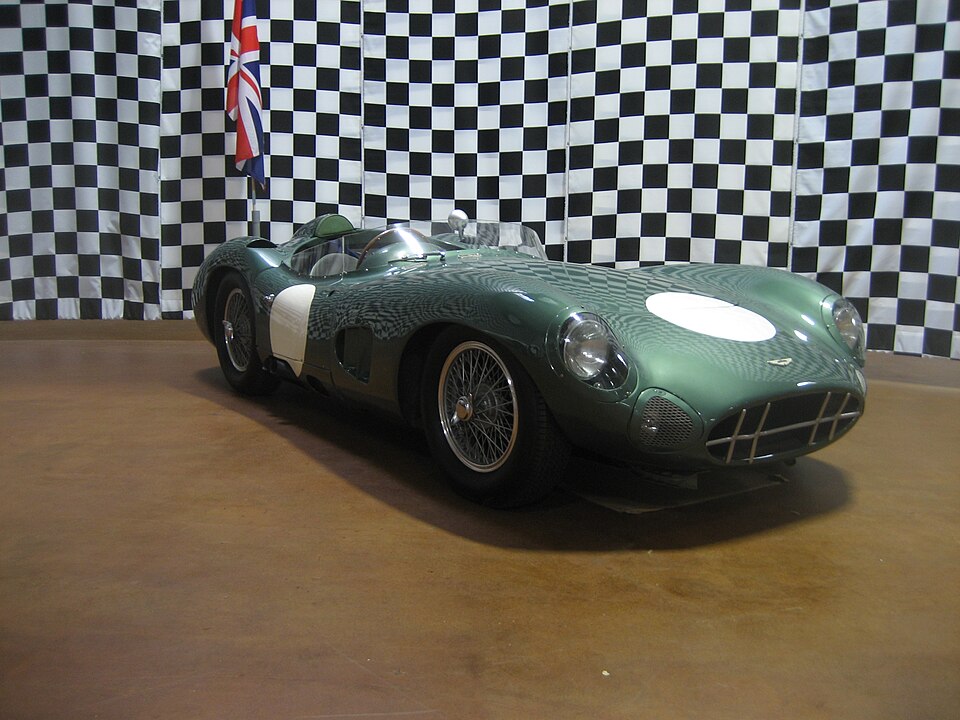
The Aston Martin DBR1 is celebrated for its victory at the 1959 24 Hours of Le Mans, marking a pinnacle moment in the brand’s racing history. With a 2.9-liter straight-six engine, the DBR1 combined elegance with raw performance, excelling in endurance racing. Its curvaceous, aerodynamic design helped it dominate the World Sports Car Championship. The DBR1 is often regarded as one of the most beautiful race cars ever built. Its blend of grace and power continues to enchant motorsport enthusiasts.
Nissan GT-R Nismo GT3 (2012)
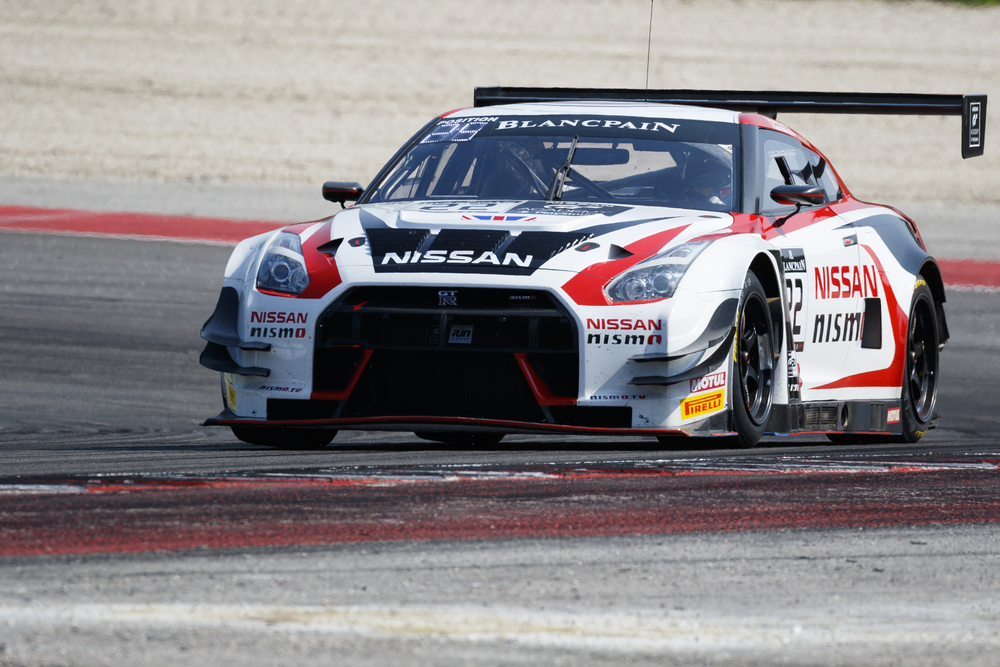
The Nissan GT-R Nismo GT3 brought the power and precision of the legendary GT-R to the world of GT racing. Its 3.8-liter twin-turbocharged V6 engine and all-wheel-drive system provided unparalleled performance on the track. Competing in endurance series like the Blancpain GT Series, the GT-R Nismo GT3 quickly became a fan favorite for its aggressive styling and relentless speed. It proved that Nissan’s engineering could compete with the world’s best. The GT-R Nismo GT3’s success solidified its status as a modern racing icon.
This article originally appeared in MyCarMakesNoise.
More from MyCarMakesNoise
13 Jeep Models with Unmatched Power and Performance
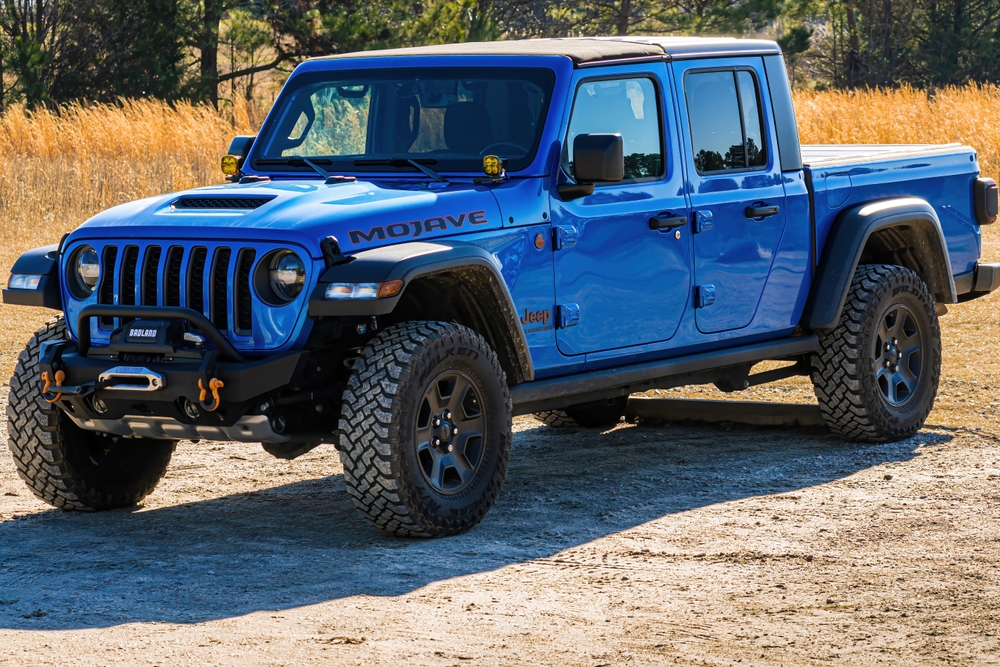
Jeep has long been synonymous with rugged durability and formidable off-road capabilities. Here, we highlight the most powerful Jeep models ever built, showcasing how the brand successfully combines raw power with innovative engineering to meet the needs of both adventure seekers and performance enthusiasts. Read More.
10 Surprising Facts You Didn’t Know About Lexus
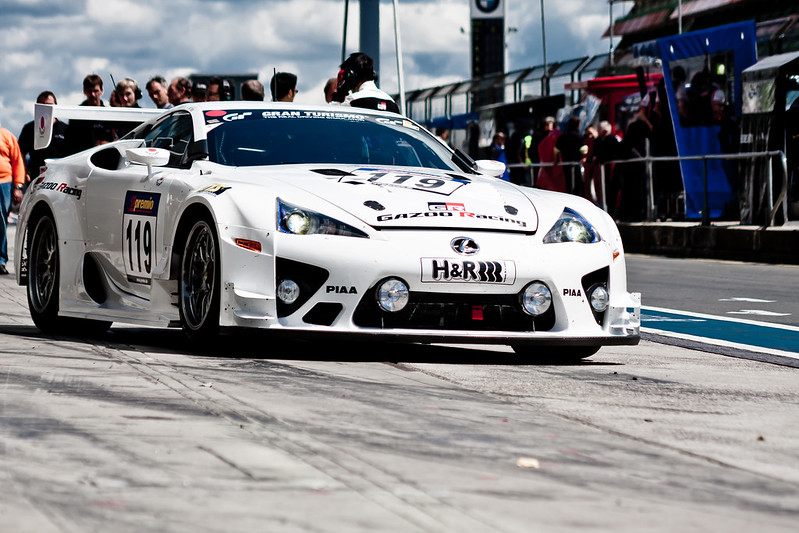
Lexus has long been synonymous with luxury and innovation, yet there are many fascinating aspects of this iconic brand that remain under the radar. Beyond its sleek designs and superior comfort, Lexus has consistently pushed the boundaries of automotive technology and design, making significant impacts that are not widely known. Read More.
13 Biggest V8 Powerhouses Built by GM, Ranked
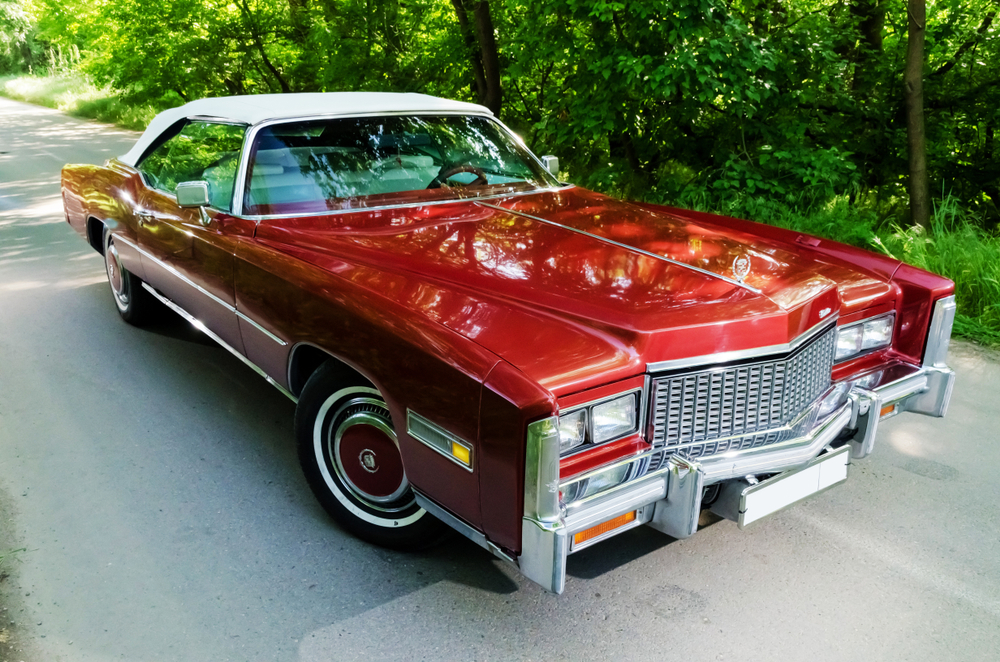
General Motors has a storied history of producing some of the most powerful and revered V8 engines in the automotive world. From muscle cars to luxury vehicles, these engines have delivered exceptional performance and power. Read More.














